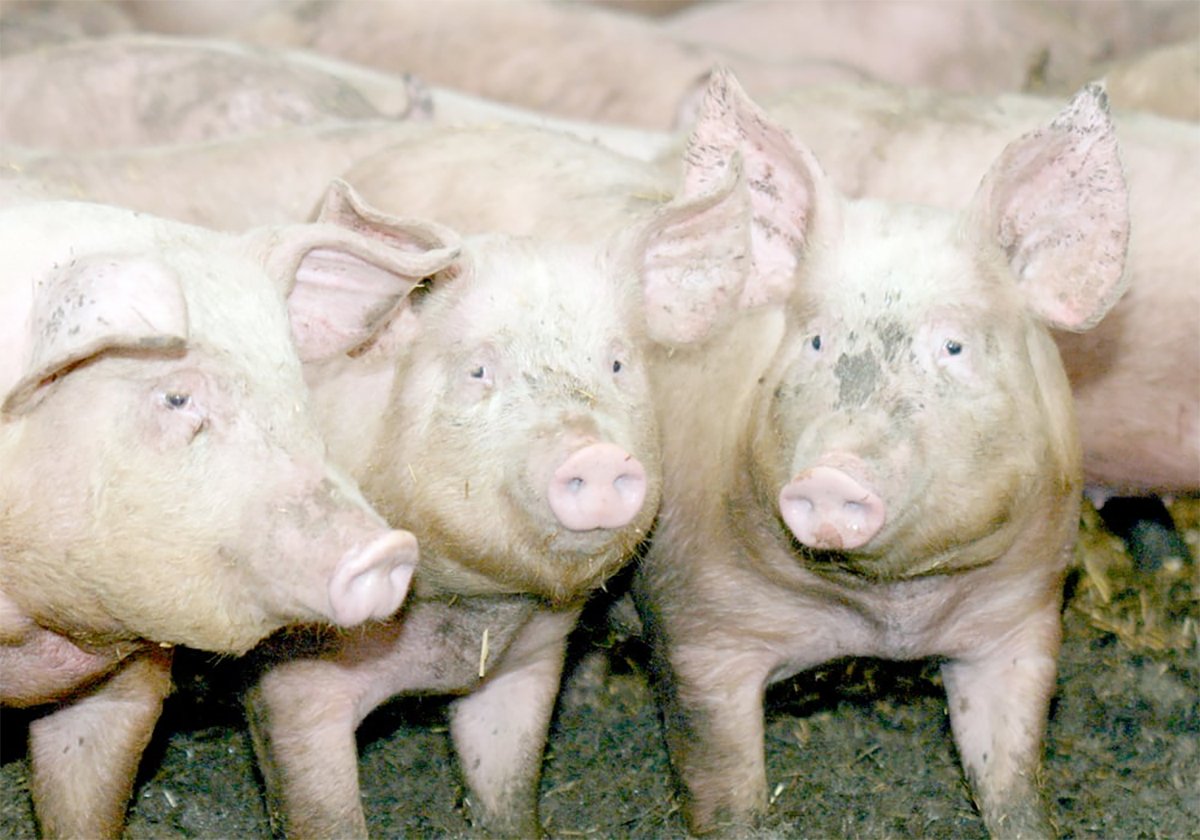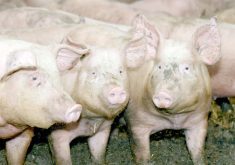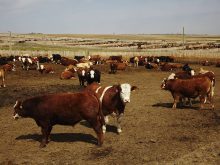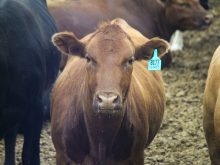Maria Stiglmayr went up against some of the world’s best sheep shearers at this year’s Calgary Stampede Super Shear competition and simply wanted a respectable finish.
Instead, after four years of competing in Calgary, the 24-year-old Manitoba sheep farmer won the intermediate championship against bigger and stronger men from New Zealand, the United States and Canada, which made her the first woman to win at the Stampede competition.
“I didn’t expect to win,” she said.
“I was just hoping to stay a little bit further off the bottom.”
Read Also

The Western Producer Livestock Report – November 13, 2025
Western Producer Livestock Report for November 13, 2025. See U.S. & Canadian hog prices, Canadian bison & lamb market data and sales insights.
She won $200, a belt buckle and shearing tools. Her next trip is to Norway for the world championships, where she plans to watch but not compete.
The intermediate class was offered this year to give younger and semi-professional shearers a chance to compete without having to go against international level shearers. Points are based on speed and quality of the work. Nicks, cuts and ridges of wool are not allowed to be left on the sheep.
Competitive shearing is more about technique than brute strength wrestling with struggling sheep. At slightly taller than five feet with a figure like a well toned dancer, Stiglmayr has learned to make up in style what she lacks in size.
She started shearing when she was 18 to help the family, which raises 370 ewes near Fraserwood, Man.
“I was pretty tired after the first sheep,” she said of her first time shearing.
However, she found a video and practised.
“I’d shear, then rewind, then I’d go shear again,” she said.
She eventually attended a shearing clinic, and now it is her regular job when she isn’t working on the family farm.
She often travels with Cliff Metherwell of Nokomis, Sask., and they shear for farmers throughout Saskatchewan and Manitoba. A shearer is paid per sheep and last year she worked on about 3,500 head.
She’s been bruised but never seriously hurt and prefers crossbred sheep with clean open faces if she is working on her own because they are easier to handle.
Her biggest job occurred last year in Saskatchewan when she worked for six days with five people shearing 2,300 head.
The busy period is March to July, although she takes a month off in the spring to help with lambing at home. Her family’s flock of Rideau Arcott, Clun Forest and Dorset ewes produced 670 lambs this year destined for the meat market.
The Stiglmayrs emigrated from Austria when she was four years old. Her father was a printer who wanted to farm, and the opportunities in Canada were better.
At the open competition, first prize went for the second time to Paul Avery of New Zealand, who won $2,000 and other prizes.
He has shorn as many as 35,000 sheep in a year, although he is now working part time so he can devote more time to his sheep and cattle ranch.















